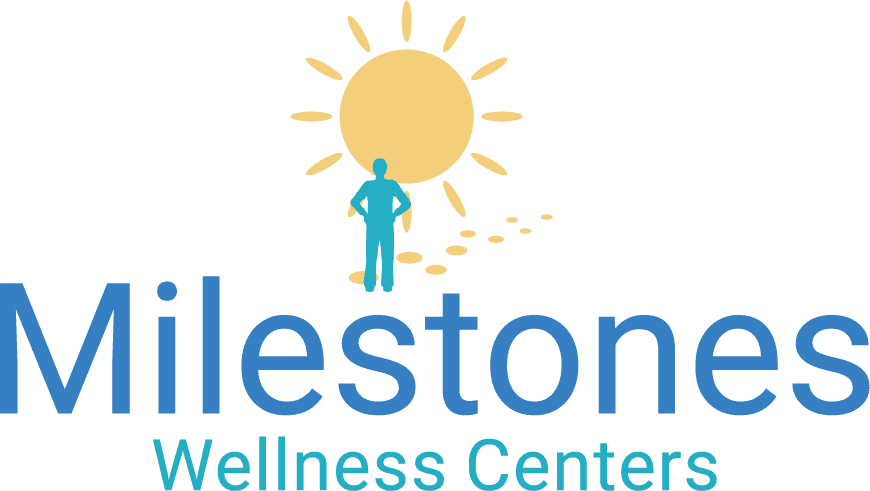Online Opioid Addiction Treatment with Suboxone
If you or a loved one is suffering from opiate addiction or misuse, recovery may seem impossible. Opiate use disorder is a serious medical condition that can cause intense withdrawal symptoms. These symptoms can range from mild to severe, and they can be extremely unpleasant and even debilitating.
Recovery from opiate dependency is possible. Through medication-assisted treatment with Suboxone, individuals suffering from addiction can treat symptoms of withdrawal and reduce dependency on opioids such as heroin or prescription drugs.
When prescribed in conjunction with a holistic addiction treatment plan, Suboxone can be an integral part of recovery from opiate use disorder. Contact our Suboxone doctors today to book your online Suboxone treatment and start your new path forward.
What is Suboxone?
Suboxone is a prescription medication used to treat opiate use disorder. It is a combination of two drugs, buprenorphine and naloxone. It works by reducing cravings and withdrawal symptoms. Suboxone is typically taken once a day and can be taken with or without food.
Suboxone is similar to other opioid dependency treatments such as:
- Bunavail (buprenorphine and naloxone) buccal film
- Zubsolv (buprenorphine and naloxone) sublingual tablets
- Buprenorphine-containing transmucosal products for opioid dependency
These medications are used for safe and comfortable detoxification from opioids and opiates. They are typically prescribed in combination with counseling and other behavioral therapies.
How Does Suboxone Work?
Suboxone has unique pharmacological properties that help:
- Lower the potential for opioid misuse
- Diminish the effects of physical dependency on opioids, such as withdrawal symptoms and cravings
- Increase safety in cases of overdose
Suboxone is comprised of two medications that work together to treat opioid dependency.
Buprenorphine
Buprenorphine is an opioid partial agonist. Like opioids, it produces effects such as euphoria or respiratory depression. With buprenorphine, however, these effects are weaker than those of full drugs such as heroin and methadone.
Buprenorphine’s opioid effects increase with each dose until at moderate doses they level off, even with further dose increases. This “ceiling effect” lowers the risk of misuse, dependency, and side effects. Also, because of buprenorphine’s long-acting agent, many patients may not have to take it every day.
Naloxone
Naloxone is an opioid antagonist, which means it works against the effects of opioids. On its own, Naloxone is typically used to reverse the symptoms of an opioid overdose. When combined with Buprenorphine, Naloxone further subdues the effects of opioids and prevents the “high” that might be associated with the misuse of Buprenorphine.
Can You Get a Suboxone Prescription Online?
In short: yes, Suboxone can be prescribed online as a treatment for opioid addiction.
At Milestones Wellness Centers, we offer 100% virtual treatment for opioid addiction. Our same-day Suboxone treatments online include medication-assisted treatment with Suboxone and other similar medications.
As part of our 3P Process, we believe that physical health is an essential component of recovery. Suboxone treats physical symptoms of opiate use, keeping you comfortable as you progress toward the psychological, social, and behavioral components of recovery.
Find Medication-Assisted Online Suboxone Treatment for Opioid Use Today
If you or a loved one suffers from opiate use disorder or struggles with opioid dependence, there is hope. Request an appointment today for our online Suboxone treatment and schedule a virtual consultation with our admissions team. All consultations are completely free and confidential.

